We may earn revenue from the products available on this page and participate in affiliate programs. Learn More ›
Funky Water
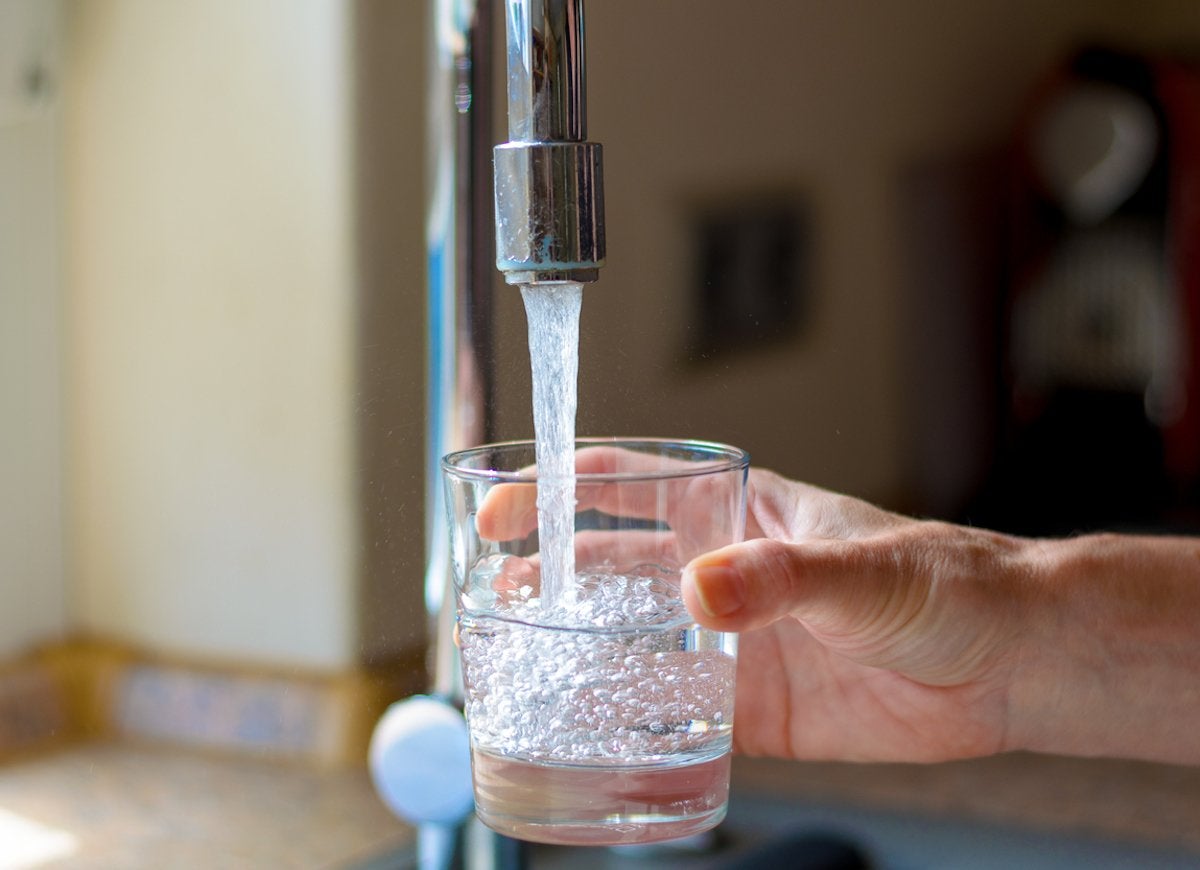
Many Americans take clean water for granted. Sometimes, however, the water coming out of the faucet may have problems—discoloration, bad taste, odors or even unseen bacteria. This is especially common in older homes or homes with well water. Here are some of the most common water problems and practical ways you can address them.
Hard Water
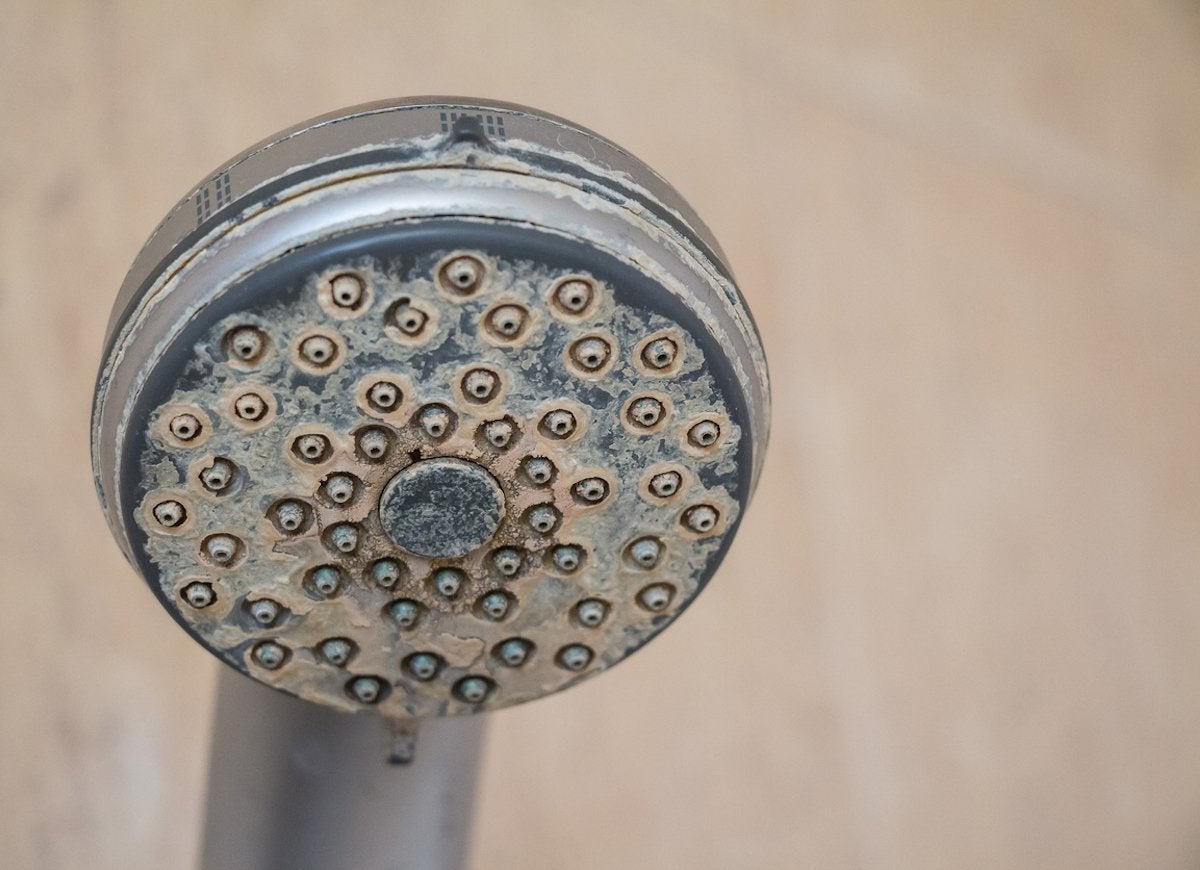
Problem: Excess calcium and magnesium—two minerals found in all natural water supplies—leads to water “hardness.” Hard water causes lime scale to build up in pipes, decreasing their efficiency and sometimes causing permanent damage.
Management: Try a home water softener that works by “ion exchange,” which runs water through a softening appliance filled with a sodium solution; essentially, sodium replaces the calcium and magnesium in the water.
Iron (and Manganese)
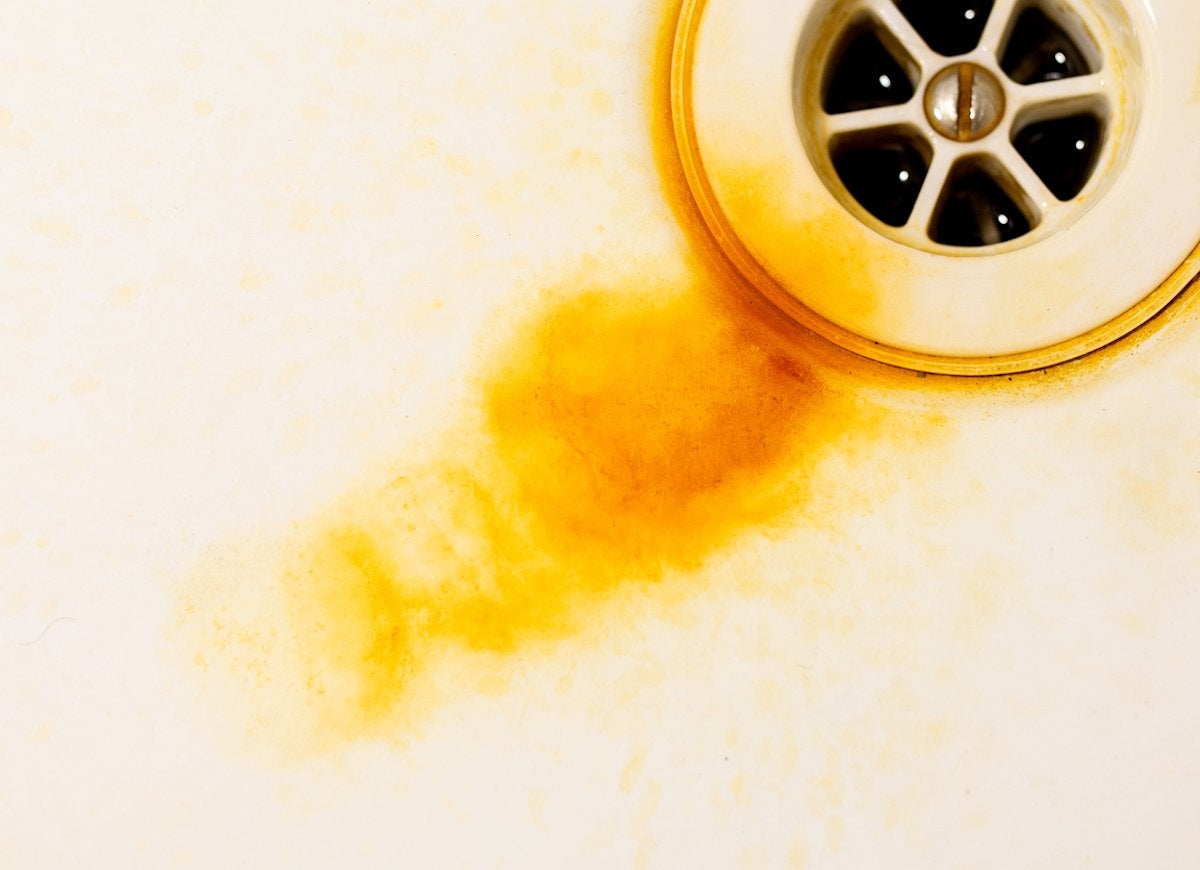
Problem: Iron and manganese, often found in ground water supplies, give water a cloudy or rusty appearance. They also cause dark brown or rust-colored stains on plumbing fixtures, cookware and laundry, and have a metallic or astringent taste.
Management: A conventional water softener can remove up to 5 PPM of ferrous iron, but some have specialized iron removers that target this element. Oxidizing filters and colloidal iron filters provide even heavier duty coverage.
Hydrogen Sulfide
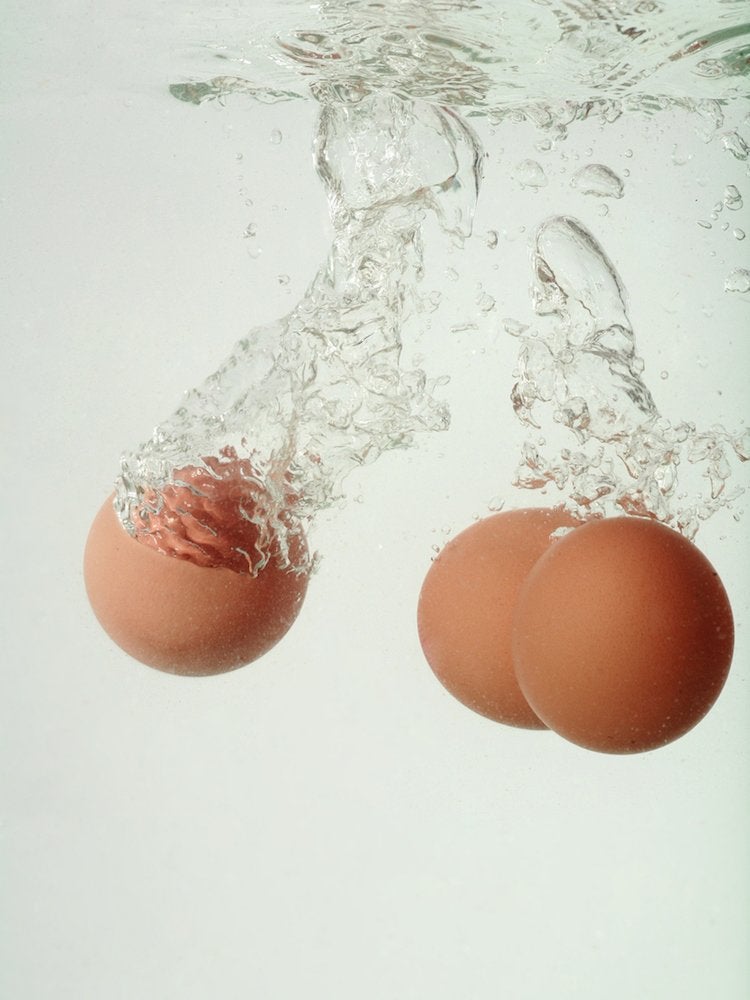
Problem: When hydrogen sulfide is present, water smells like rotten eggs or sulfur. This colorless gas is extremely corrosive to metal pipes, turning them black and eventually causing leaks.
Management:
Multi-stage filtration is necessary to remove hydrogen sulfide, starting with chlorination, then a sedimentation and aeration filter, and finished with an activated carbon filter to remove excess chlorine.
Bad Taste and Odor

Problem: Organic matter in surface water supplies can cause musty, moldy or fishy tastes or odors. Sulfates in the water—or leaking into the water supply from a sewer or septic system—can also lead to this problem.
Management: Except for the “rotten-egg” odor caused by hydrogen sulfide, activated carbon filters can solve most taste and odor issues. In extreme cases, alleviating taste and odor problems may require oxidizing filters. Call in a professional for a much more serious problem: a septic or sewer leak.
Sediment
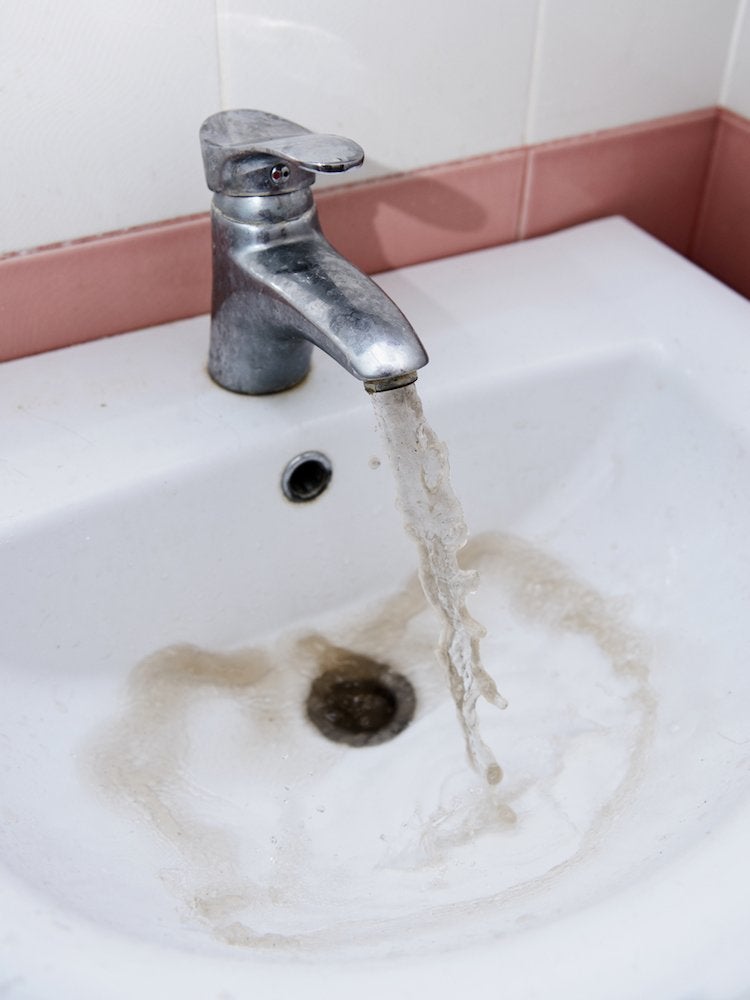
Problem: Sediment and turbidity refer to fine particles of sand, scale, clay, rust, dirt or organic materials that are suspended in the water. They’re often present in water drawn from ponds, lakes or rivers.
Management: Sediment filters are readily available at most home centers and plumbing stores. When the sediment is caused by sand, try a slow-sand filter.
Bacterial Contamination
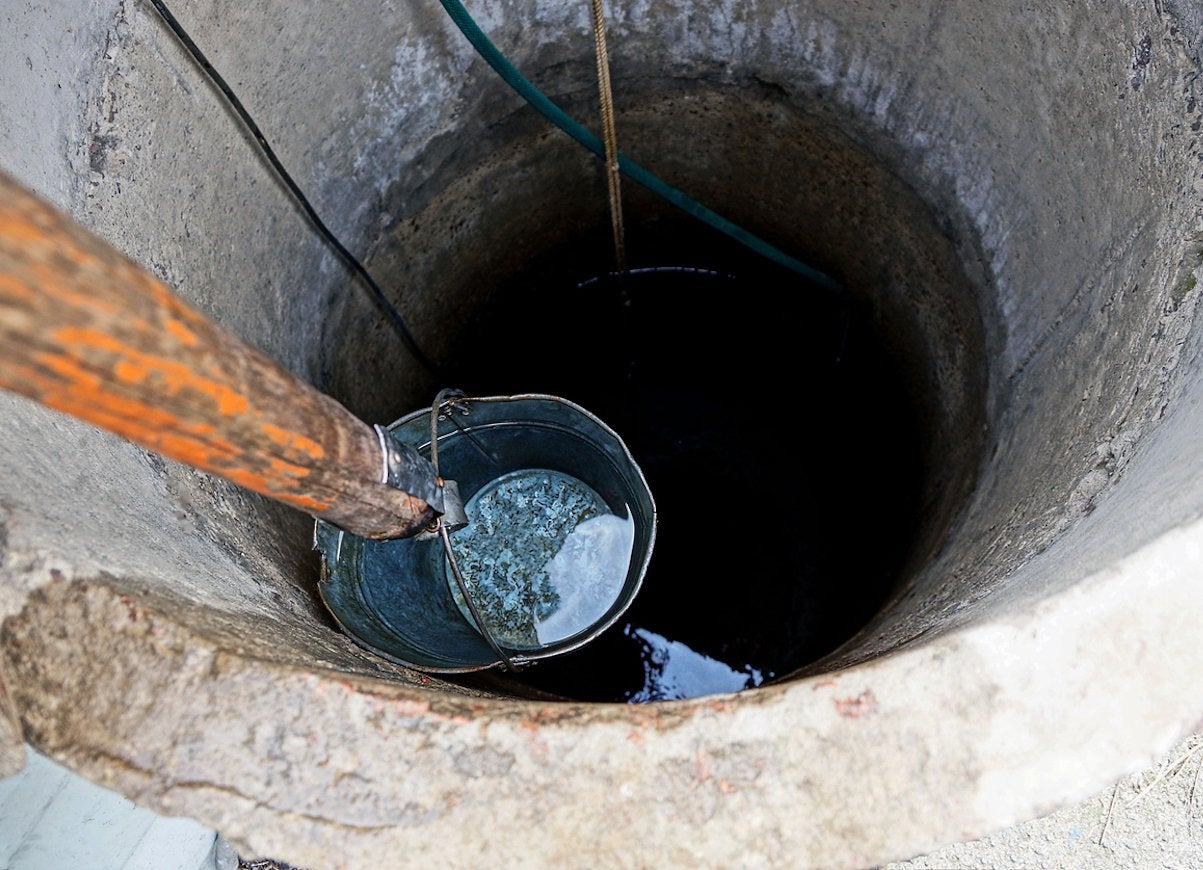
Problem: Coliform bacteria, most often found in lakes or wells, normally do not appear in drinking water. But their presence indicates that other disease-causing microbes may be contaminating the water.
Management: Treating bacterial contamination requires a disinfectant method, most commonly chlorination. Consult a trained professional to determine the source of the contamination and to fix the problem.
Lead

Problem: Most lead contamination in the water supply is caused by lead solder, which joined and sealed copper pipes in older homes. Lead dissolves readily in drinking water, and is tasteless, odorless and colorless, making this extremely dangerous metal difficult to detect.
Management: Ion-exchange water softening systems, reverse osmosis systems or carbon block filtration can remove the lead. If you suspect lead contamination or live in an older home, contact a professional to analyze your water. Drink bottled water until that professional gives you the “all clear.”

Everything You Need for a Lush and Healthy Lawn
Keeping your grass green and your plants thriving doesn’t just take a green thumb—it starts with the right tools and supplies.

